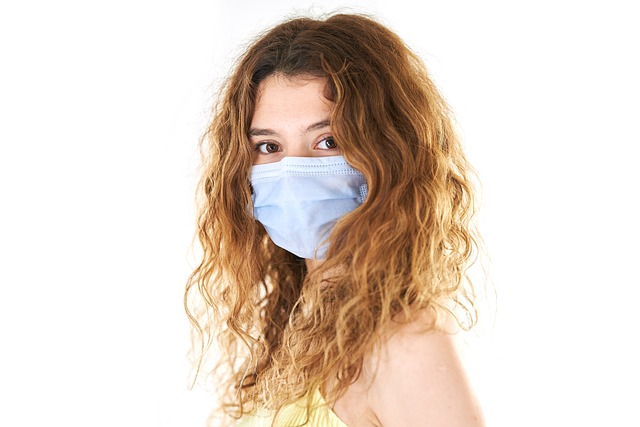There are thousands of new cases of the flu are reported each week. While most people assume the flu hits hardest in the winter, flu season is unpredictable and can hit in any season.
When is peak flu season, then? This depends on where you live. Naturally, you want to know when the flu hits the hardest so you and your family can take the flu shot and prepare for other preventive measures.
Are you worried about your family, and are you looking for answers? Keep reading our guide and learn everything you need to know.
When is Peak Flu Season?
If you are wondering what time of year is flu season, the official start of flu season is determined by monitoring the number of cases of people contracting influenza. The peak flu season is the most active period when the largest numbers of respiratory illnesses ranging from mild to severe occur.
Peak flu season typically occurs between December and February in the United States, although activity can occur as early as October and as late as May. In other parts of the world, seasons may be different.
Peak flu season in Europe typically occurs from late December through to the beginning of March. Peak flu season for the majority of Asia is usually from late December to early January. Seasonal influenza outbreaks often last much longer in countries located near the equator, such as India, Malaysia, and Indonesia.
Meanwhile, peak flu season in South America is typically between April and July. Lastly, the peak flu season in Africa typically occurs during May and June, when the temperature is milder and the rainy season brings more moisture.
Does Flu Season Change?
The timing of flu season varies from year to year and can be affected by a variety of factors, such as climate, weather patterns, and population immunity. Generally, when temperatures are lower and people congregate indoors more, there is an increased risk of an outbreak of influenza.
Also, a lack of population immunity – or the fact that viruses are unpredictable – can also lead to severe outbreaks that cause high rates of illness. Each flu season is different in terms of timing, intensity, and the types of viruses that circulate.
How to Prevent the Flu?
People who are more likely to get sick with the flu include children, pregnant women, seniors, immunocompromised individuals, and those with chronic illnesses. It is important to practice good hygiene during this time and to have an immunization if your doctor advises it. You can also start taking over-the-counter medications to reduce any symptoms.
Keep your hands clean often and avoid close contact with people who are already ill. If you have flu-like symptoms such as a fever, sore throat, coughing, and aching muscles, stay home and take rest to prevent spreading the virus to others. Primary care physicians are usually available to check on you if the symptoms worsen.
Protect Yourself and Your Family From Flu
Peak flu season is an important time to remember to take all necessary precautions to protect yourself and your family from the flu. Make sure that everyone is getting their annual flu shot, washing their hands regularly, and avoiding people who are sick.
Now that you know the answer to “When is peak flu season?”, start preparing so your winter is safe and flu-free!
If you’d like to read more on topics of interest, take a look at the rest of our blog. We have a range of different articles to help you stay informed.







